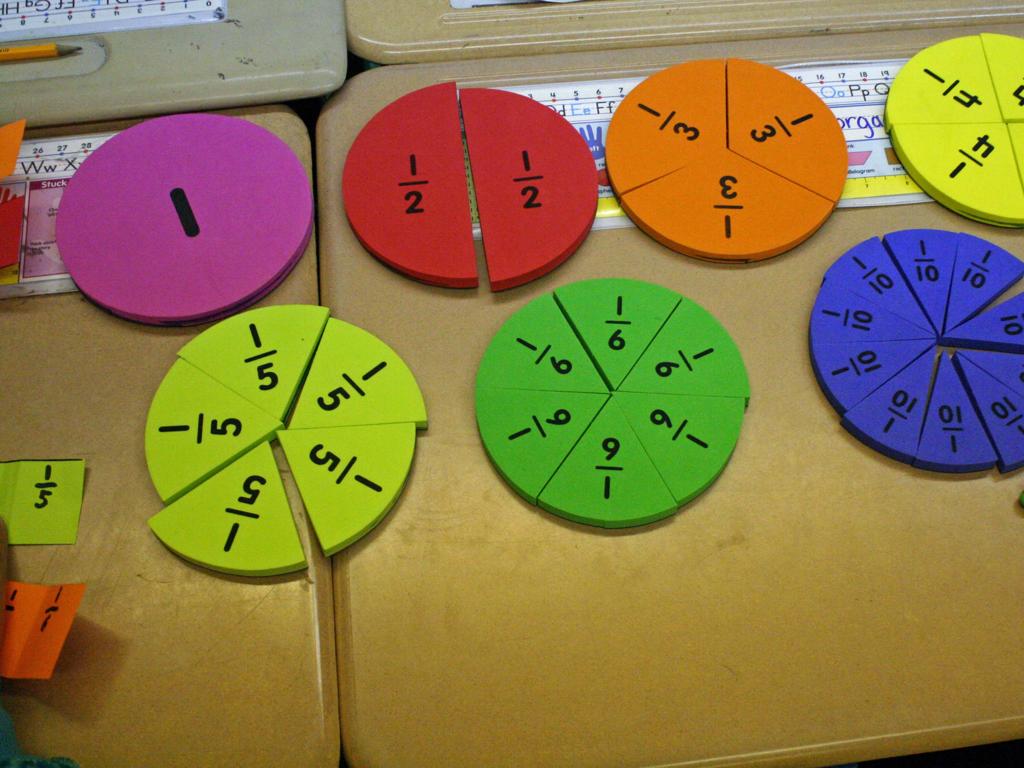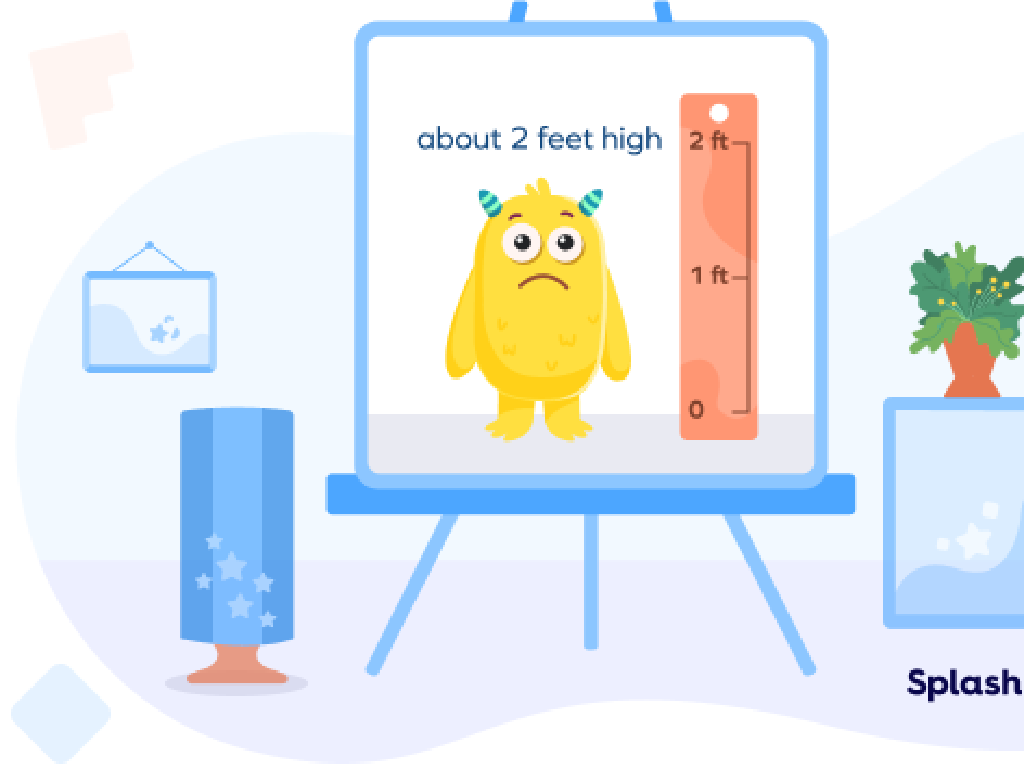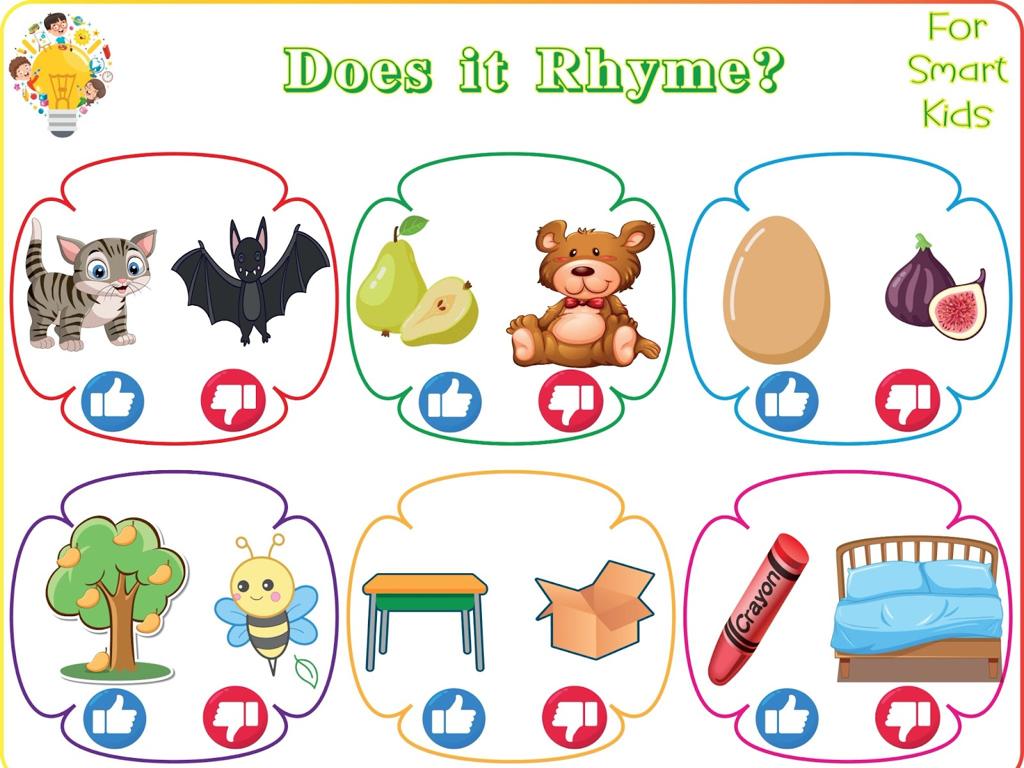Correct Errors With Signs
Subject: Language arts
Grade: Seventh grade
Topic: Editing And Revising
Please LOG IN to download the presentation. Access is available to registered users only.
View More Content
Editing and Revising: Correcting Errors with Signs
– Importance of editing and revising
– It improves clarity and prevents misunderstandings.
– Focus on errors with signs
– Learn to spot and fix incorrect use of signs like commas and apostrophes.
– Understanding ‘signs’ in writing
– ‘Signs’ refer to punctuation marks and symbols in text.
– Strategies to correct sign errors
– Use examples and exercises to master sign correction.
|
This slide introduces the concept of editing and revising with a specific focus on correcting errors with signs, which are punctuation marks and symbols used in writing. Emphasize the importance of this process in enhancing the clarity and readability of written work. Discuss common sign errors, such as misplaced commas or incorrect apostrophe usage, and provide strategies for identifying and fixing these mistakes. Incorporate interactive activities where students can practice correcting sentences with sign errors. This will help them understand the practical application of the rules and the impact of correct punctuation on the meaning of text.
Understanding the Role of Signs in Writing
– Signs: Punctuation marks & symbols
– They guide readers through sentences.
– Clarify meaning & indicate pauses
– Stops (.) indicate the end of a thought, pauses (,) for a breath in reading.
– Emphasize feelings & expressions
– Exclamation (!) shows excitement or urgency; question (?) marks a query.
– Common signs: periods, commas, etc.
– Quotation marks ( ) show spoken words; apostrophes ( ) show possession or contractions.
|
This slide introduces students to the concept of signs in writing, which encompasses punctuation marks and other symbols. Emphasize the importance of these signs in providing clarity and aiding the reader’s understanding of the text. Discuss how punctuation marks like periods and commas control the flow of sentences, while exclamation points and question marks add emotion and inquiry, respectively. Use examples from familiar texts to illustrate how quotation marks and apostrophes function. Encourage students to think about how the absence of these signs could lead to confusion and misinterpretation. The goal is to prepare them for an activity where they will practice identifying and correcting errors with signs in sample sentences.
Navigating Punctuation: Common Errors with Signs
– Missing commas in a series
– Commas separate items in a list, e.g., apples, oranges, and bananas.
– Overuse of exclamation points
– Use exclamation points sparingly for strong emotions or shouting.
– Incorrect quotation mark placement
– Quotation marks should enclose what someone says, not outside.
– Semicolons vs. colons confusion
– Semicolons link related clauses; colons precede lists or explanations.
|
This slide aims to highlight frequent mistakes students make with punctuation signs. Emphasize the importance of using commas to avoid confusion in lists. Discuss the overuse of exclamation points and how it can diminish the impact of a statement. Clarify the correct placement of quotation marks, especially in dialogue. Lastly, explain the difference between semicolons and colons, with semicolons often joining closely related ideas and colons introducing a list or elaboration. Provide examples for each and encourage students to correct sentences with these common errors.
Correcting Commas in a Series
– Understanding a series in sentences
– A series is a list of 3 or more items in a sentence.
– Commas’ role in separating items
– Commas help clarify which items are part of the series.
– Avoiding confusion with commas
– Without commas, items can blend together, causing confusion.
– Example: Listing groceries
– ‘I need to buy eggs, milk, and bread.’ shows clear separation.
|
This slide focuses on the use of commas in a series to ensure clarity in writing. A series in a sentence is a list of three or more items, and commas are used to separate these items. This is important to avoid confusion and ensure that each item in the list is easily identifiable. The example provided demonstrates how commas are used to separate each grocery item, making the sentence clear and understandable. Encourage students to practice by writing their own lists and checking for correct comma usage. Discuss how omitting commas can change the meaning of a sentence and lead to misunderstandings.
Using Exclamation Points Wisely
– Exclamation points convey strong emotions
– They express excitement, surprise, or urgency
– Use exclamation points sparingly
– Maintain impact with careful use
– Example: ‘Watch out for the dog!’
– Shows urgency and warns the reader effectively
|
This slide aims to teach students the proper use of exclamation points in writing. Exclamation points are punctuation marks that should be used to express strong feelings or to emphasize a point. However, overuse can diminish their effectiveness and make writing seem overly dramatic or informal. Students should learn to use them judiciously to ensure that the sentences that do include them stand out as intended. The example ‘Watch out for the dog!’ illustrates a situation where an exclamation point is appropriate because it conveys a sense of urgency and warning. Encourage students to think of their own examples and to revise their writing to use exclamation points correctly.
Quotation Marks and Dialogue
– Enclose spoken words with quotes
– Use quotation marks to show what someone says directly.
– Punctuation stays inside quotes
– Periods and commas go before closing quotation marks.
– Example: Direct speech usage
– She said, “I’ll be there soon.” shows direct speech.
– Practice: Correct the sentences
– “Let’s meet at the park, she said.” Correct this sentence.
|
This slide introduces students to the proper use of quotation marks in dialogue. Emphasize that quotation marks are used to enclose the exact words spoken by a person. Highlight the rule that punctuation marks, such as periods and commas, should always be placed inside the quotation marks. Provide clear examples to illustrate these points. For practice, give students sentences with incorrect usage of quotation marks and ask them to correct them. This exercise will help reinforce their understanding of the concept.
Semicolons vs. Colons: Mastering Punctuation
– Semicolons link related clauses
– Connects two independent clauses that are closely related in context.
– Colons for lists, quotes, explanations
– Use a colon to introduce an item or a series of items.
– Example with semicolon
– ‘I have a big test tomorrow; I can’t go out tonight.’
– Example with colon
– ‘I need the following items: eggs, milk, and bread.’
|
This slide aims to clarify the use of semicolons and colons, which are often confused by students. Semicolons are used to connect two independent clauses that are closely related without using a conjunction. Colons, on the other hand, are used to introduce a list, a quote, or an explanation that is directly related to the preceding clause. Provide clear examples to illustrate the proper use of each punctuation mark. Encourage students to create their own sentences using semicolons and colons to reinforce their understanding. During the next class, review these examples and discuss why the semicolon or colon was the correct choice.
Let’s Practice: Correcting Sign Errors
– Identify errors with signs in sentences
– Pair up for discussion on corrections
– Discuss why you think a sign is incorrect and what should be the correct one
– Share your answers with the class
– Be ready to explain your thought process and the rules applied
– Understand the importance of correct signs
|
This slide is for a class activity focused on editing and revising, specifically correcting errors with signs (punctuation marks). Students will work in pairs to foster collaborative learning and critical thinking. They will identify incorrect usage of signs such as commas, periods, exclamation marks, and question marks within given sentences. After discussing and correcting the errors, each pair will share their findings with the class, explaining the reasoning behind their corrections. This activity will help reinforce the rules of punctuation and the importance of accurate sign usage for clear communication. Provide guidance on common sign errors and encourage students to consult their notes or textbooks if they’re unsure during the activity.
Class Activity: Editing Relay
– Form teams of four students
– Receive a paragraph with sign errors
– Correct one error per turn
– Take turns to identify and correct a punctuation mistake
– First team to finish wins!
– Collaboration and accuracy lead to victory
|
This activity is designed to make the editing process interactive and fun. Divide the class into small teams to encourage teamwork. Each team will receive a paragraph with various errors in punctuation, such as incorrect use of commas, periods, or question marks. Students will take turns running to the paragraph, correcting one error at a time, and then tagging the next team member to do the same. The goal is to be the first team to correctly edit all errors. This will help students to quickly identify and understand common mistakes in punctuation. Possible variations of the activity could include using different types of texts, focusing on specific types of punctuation, or having a ‘judge’ to check the corrections before the next student’s turn.
Conclusion: The Significance of Correct Sign Usage
– Review sign usage importance
– Homework: Edit a passage
– Find a short passage with punctuation errors
– Focus on sign error correction
– Correct commas, periods, exclamation points, etc.
– Bring edited work to class
– We’ll review and discuss your edits next class
|
As we wrap up today’s lesson, it’s crucial to emphasize the role proper punctuation plays in clear communication. For homework, students are to select a short passage and meticulously edit it, concentrating on correcting any misuse of signs such as commas, periods, quotation marks, and other punctuation. This exercise will help reinforce their understanding of the rules and the practical application of those rules. In the following class, we will review these passages together, providing an opportunity for peer learning and further discussion on the importance of editing and revising work to improve clarity and prevent misunderstandings.






